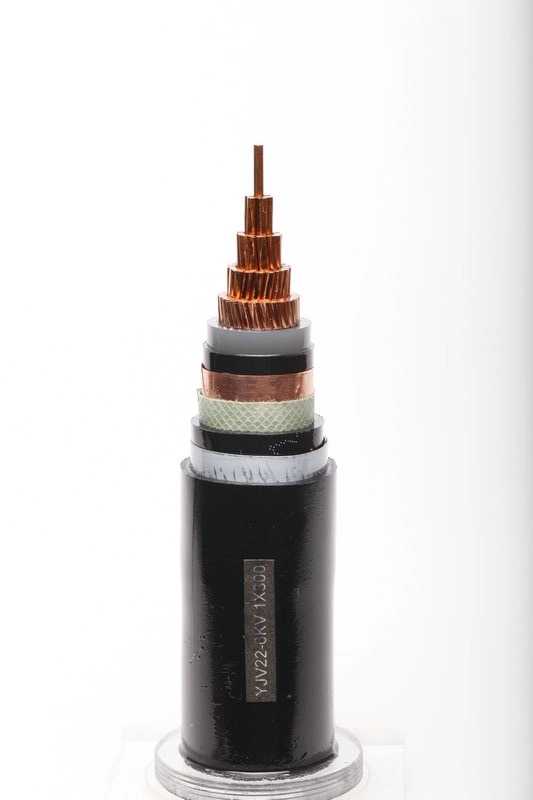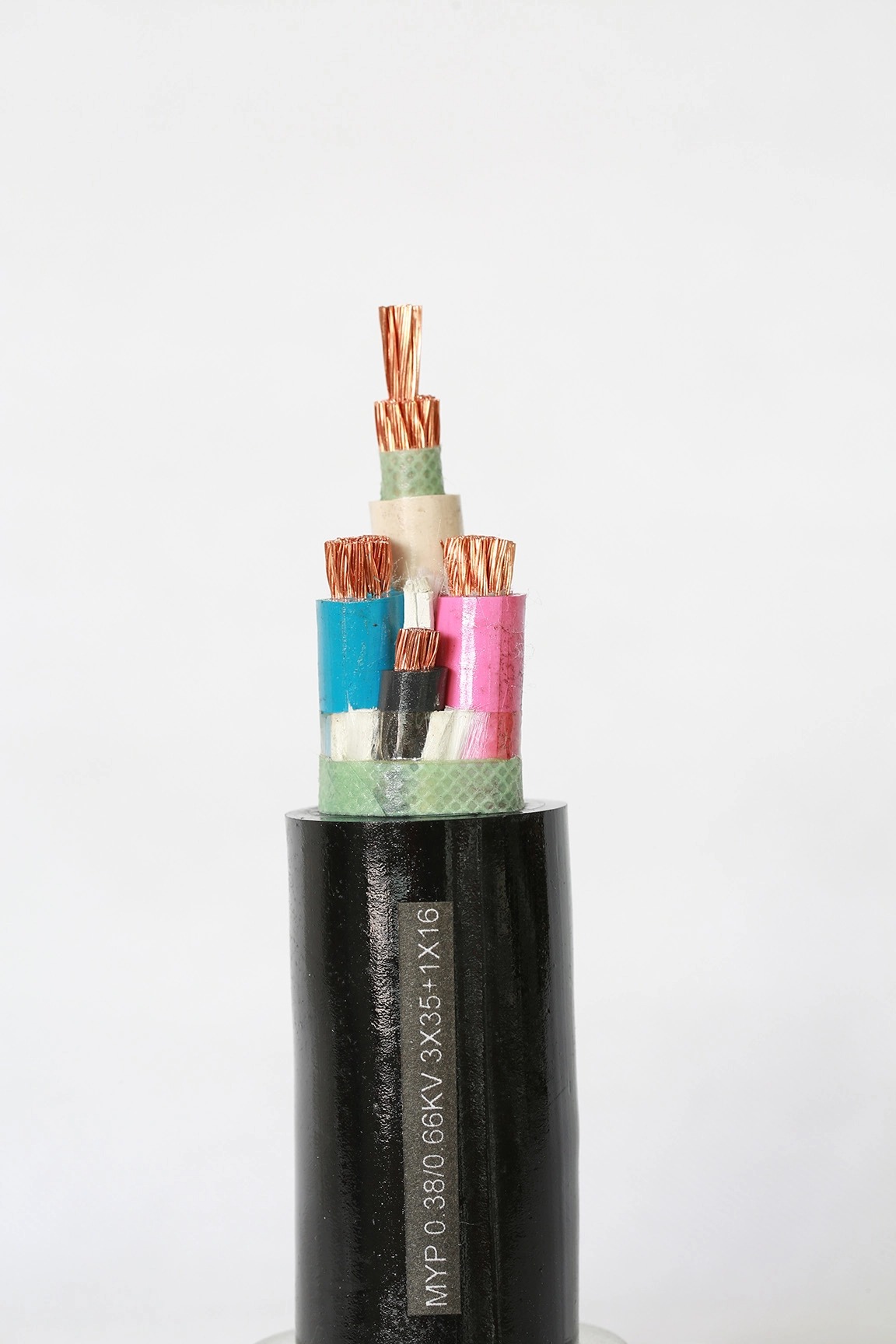close
Choose Your Site
Global
Social Media
Views: 193 Author: Site Editor Publish Time: 2025-06-18 Origin: Site
Understanding the structure and function of power cables is crucial to comprehending how electricity travels safely from power stations to homes and industries. The question “What are the 3 cables on a power line?” may seem simple at first glance, but it opens the door to a deeper understanding of modern electrical infrastructure. In this article, we’ll explore the components, roles, and significance of each cable in a power line setup—offering both technical and practical insights for engineers, students, and curious minds alike.
Electricity transmission relies heavily on high-voltage power lines, which are built using carefully engineered cable systems. When looking at a typical overhead power line, you’ll often see three prominent cables suspended on tall towers. These aren’t random; they are purposefully arranged to ensure efficient and safe power delivery.
Power cables are designed to carry electrical current with minimal loss and maximum safety. The three cables typically seen on power lines are:
Phase (Live) Conductors
Neutral Conductor
Ground (or Earth) Wire
Each of these plays a critical role in maintaining a reliable and balanced electric grid. Their physical appearance may not offer immediate clues about their function, but once you understand the system behind them, their importance becomes clear.
Phase conductors are the primary carriers of electric current in a three-phase power system. A typical power line has three of these phase wires, each carrying current at a different phase angle (120 degrees apart). This configuration is known as a three-phase system, which is the global standard for power distribution due to its efficiency in transmitting large volumes of electricity.
Three-phase systems allow for a more balanced load and consistent power delivery. They provide:
Higher power density
Efficient use of conductor materials
Reduced energy losses
Smooth operation of industrial motors and heavy machinery
Each phase conductor typically carries alternating current (AC) and is supported by insulators to prevent unintended grounding or short-circuiting.
In both residential and commercial systems, the neutral conductor acts as a return path for current back to the power source. It is electrically bonded to the ground at multiple points throughout the system to maintain safety and voltage stability.
In a three-phase system, the neutral wire is often not visibly present on high-voltage transmission lines, as the phases can balance themselves. However, in lower-voltage distribution lines, especially those feeding homes and small businesses, the neutral wire becomes crucial for:
Completing the electrical circuit
Carrying unbalanced current
Maintaining consistent voltage across all loads
Many people confuse neutral with ground, but they serve different purposes. While both are connected at the service panel, neutral carries current during normal operation, whereas ground only carries current during faults or emergencies.

The ground wire, sometimes known as the static wire or shield wire, is usually installed at the top of transmission towers. Its main role is protective, not conductive. It doesn't typically carry load current. Instead, it:
Protects the system from lightning strikes
Provides a path for fault current
Stabilizes voltage levels during surges
The ground wire is connected to grounding rods or systems at regular intervals to safely dissipate excess electrical energy into the earth.
Proper grounding is essential for:
Preventing electrical shock
Protecting equipment from damage
Ensuring system reliability and longevity
In complex grid setups, grounding systems may also be part of fault detection mechanisms that automatically isolate damaged lines and redirect power flow.
To help visualize the roles of the three primary cables on a power line, refer to the table below:
| Cable Type | Function | Current-Carrying Role | Location on Tower |
|---|---|---|---|
| Phase Conductor | Delivers power across phases | Yes | Middle or lower arms |
| Neutral Conductor | Completes the circuit | Yes (for unbalanced load) | Lower arm or separate line |
| Ground Wire | Protects system from faults and lightning | No (except in fault conditions) | Top of tower |
This breakdown offers a simplified but technically accurate reference for understanding the configuration of power lines.

Three wires typically represent the three-phase conductors. High-voltage transmission systems often omit the visible neutral because the system is designed for balanced loads where the neutral current cancels out.
Absolutely not—never touch any wire on a power line. Even the neutral wire can carry current and pose a lethal risk. Only trained professionals should handle or approach power infrastructure.
If the ground wire fails, the system becomes vulnerable to surges and lightning strikes, increasing the risk of damage to transformers and end-user equipment.
Most overhead high-voltage power lines are not insulated. They rely on the air gap and height to prevent contact. This is why proper clearance is critical in their installation.
The three cables you see on a typical power line—phase, neutral, and ground—are more than just metal wires strung through the sky. They represent a carefully designed, highly reliable, and safety-driven system that powers modern life. Each cable plays a non-negotiable role in energy transmission, from supplying current to protecting equipment and people. As the demand for electricity continues to rise with urban development and digital infrastructure, understanding these foundational components becomes increasingly essential.
Whether you’re an electrical engineering student, a curious homeowner, or a professional in the power industry, this knowledge empowers you to appreciate the complexity and brilliance behind our everyday electricity.